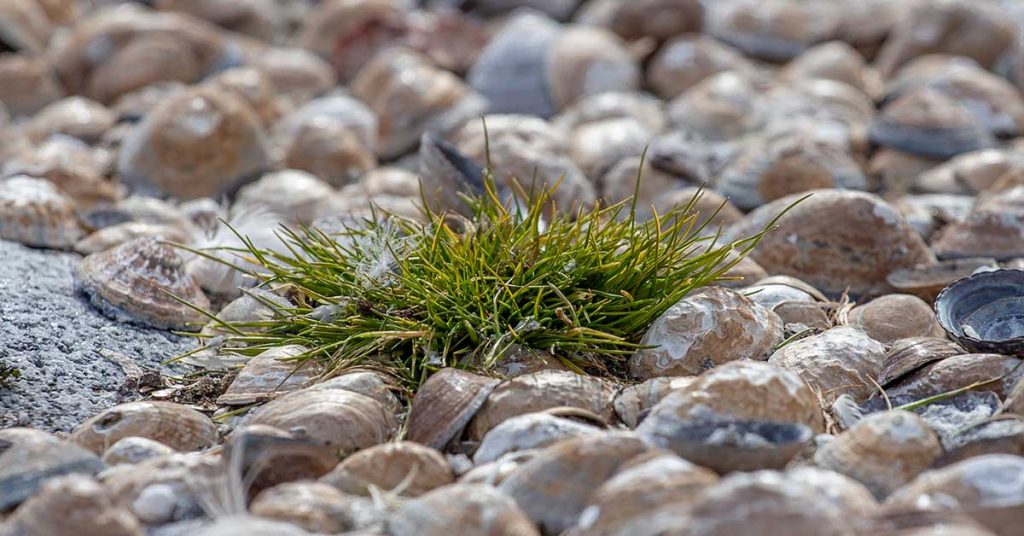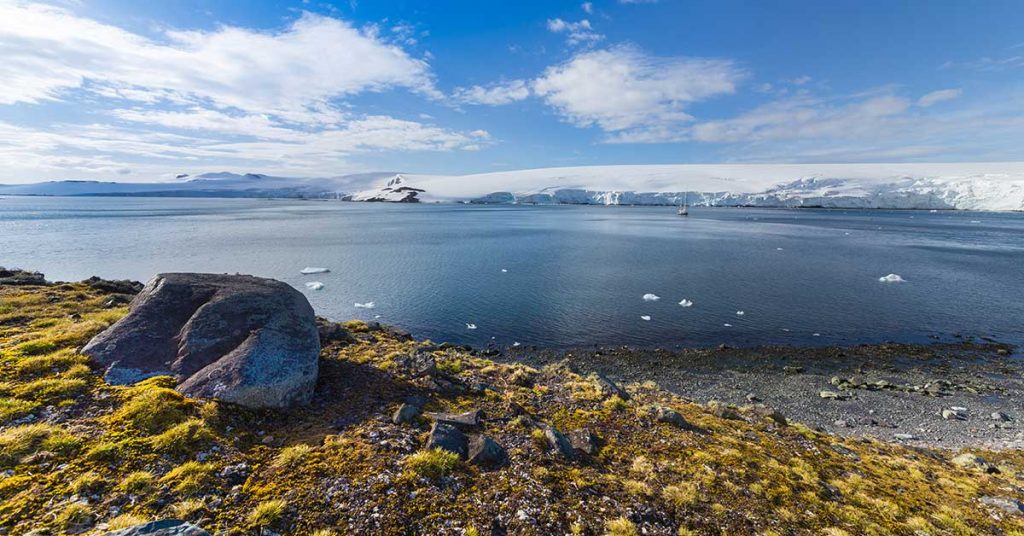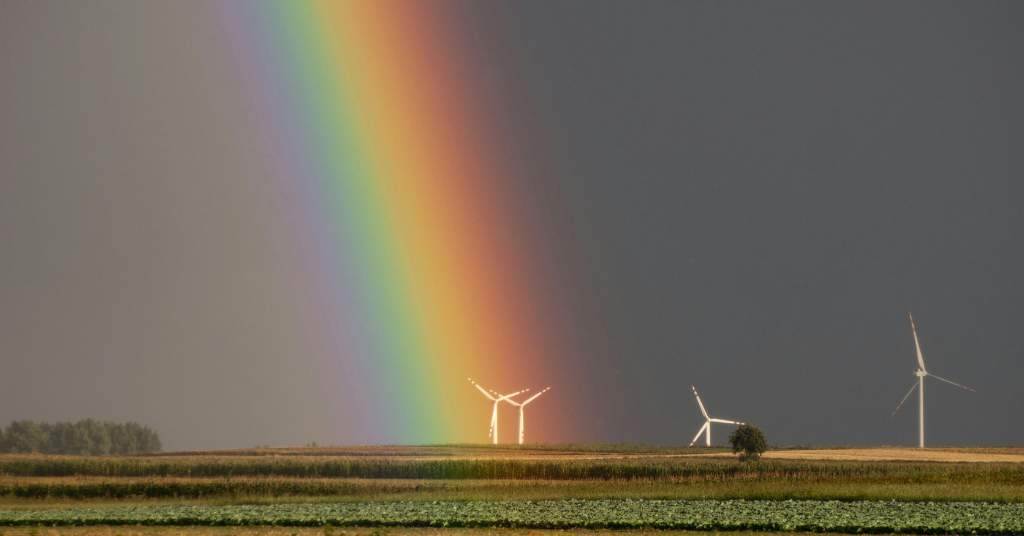Antarctica, the world’s coldest and most inhospitable continent, has long been viewed as a land of ice, snow, and desolation. However, recent years have witnessed a remarkable transformation in this frozen wilderness. Scientists are now seeing a surprising phenomenon – the spread of flowering plants, mosses, and algae across this icy expanse. This unexpected development has been closely linked to rising summer temperatures, marking a significant shift in Antarctica’s environment.
The Alarming Rise in Summer Temperatures
In 2022, researchers at the University of Washington made headlines when they recorded the largest heatwave ever recorded in Antarctica. This event, which coincided with a drastic rise in summer temperatures, raised eyebrows worldwide. Temperatures near the South Pole soared to 39°C above average for three consecutive days, reaching a peak of -10°C (14°F). This anomaly, the hottest ever recorded globally, left even scientists in Antarctica shedding layers, with some daring to wear shorts and go shirtless in the unforgiving sun.
This unprecedented heatwave shattered the misconception that Antarctica was immune to climate crises. It also prompted researchers to investigate how climate change contributed to this alarming temperature surge. Using a ‘storyline approach,’ scientists determined that climate change over the last century amplified the heatwave by 2°C. Disturbingly, projections indicate that by 2096, a similar heatwave would be a staggering 8°C warmer relative to 1922, threatening Antarctica’s vast ice sheets.

Flowers in the Ice: A Startling Transformation
Until recently, Antarctica was primarily characterized by endless snow and ice, offering only a minuscule fraction of land suitable for vegetation. However, warmer springs and summers have seen a surge in the growth of plants like the Antarctic hair grass and the Antarctic pearlwort. Growth rates have increased by over 20% from 2009 to 2018, and some models predict a threefold expansion of ice-free land on the Antarctic Peninsula by the century’s end.
While the proliferation of flora may seem like a positive development, researchers are deeply concerned. The expansion of vegetation into new territories risks irreversible biodiversity loss in Antarctica. Jasmine Lee, a conservation biologist at the British Antarctic Survey, points out that the warmer climate and increased available water create new habitats ripe for colonization. This, in turn, benefits some species while weakening barriers against invasive foreign plants and animals, which could disrupt the fragile Antarctic ecosystem.
Antarctica's Wake-Up Call
The spread of flowers in Antarctica is a poignant reminder that no corner of our planet is untouched by the effects of climate change. It is a stark warning of the urgent need to address environmental concerns and combat global warming. Antarctica’s icy facade is giving way to a new reality that demands immediate attention and action as temperatures continue to rise.
In conclusion, the sight of blooming flowers in Antarctica may be captivating, but it carries a weighty message. It emphasizes the need for accurate information and informed discussions about our planet’s delicate ecosystems. As scientists worldwide work tirelessly to understand and protect Antarctica’s habitats, we must join forces to address the root causes of these alarming changes and ensure a sustainable future for our world. Antarctica’s transformation should not be a mere spectacle but a call to action for all of us.




